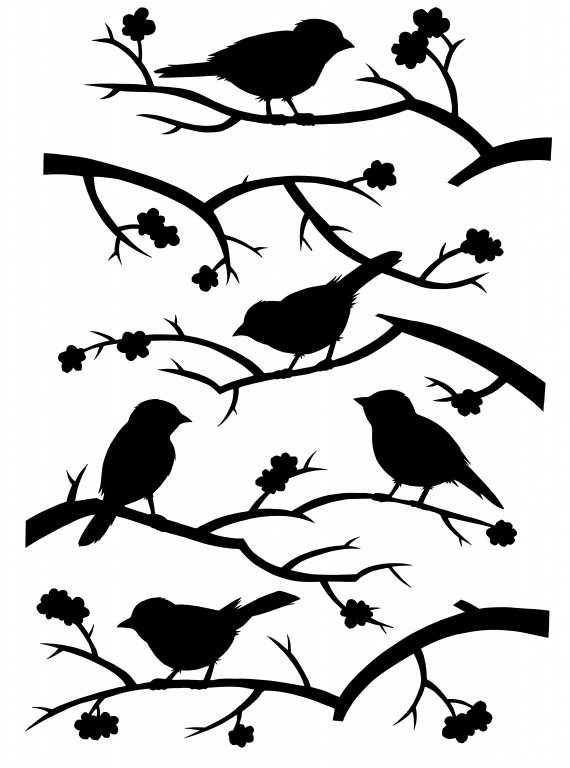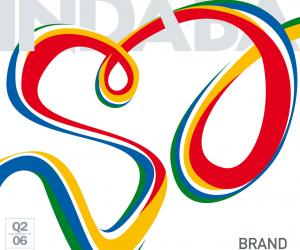First Published in

In general, people like to have an inkling of how things are made, even if they feel they could never do it themselves. The skill of a graphic designer who uses computer tools is difficult for people who do not use those tools themselves to appreciate, so the skill and craft of it is hidden from them.
In contrast, handicrafts are at a human scale. We know they take time to do and need hands to make them happen. Because machine-made output is so much the norm, things that are made by hand seem to be more astonishing. Of course, machines - and the things they do - are also made by humans, but at a scale and volume of production to which most of us find it hard to relate.
The revival of handicrafts can be seen as a reaction against the machine-made. The global trend shows that hand-made design (as opposed to computer illustration) is rising in popularity along with things like hand-made bread, pure cotton, organic veggies... I think that we feel increasingly influenced by massive forces beyond our control, and that most technology is beyond our understanding and capabilities. Perhaps there is a fear amongst humans that we may also become obsolete, so "last century".
But of course, humans are brilliant animals that can invent and make things, so perhaps we need to affirm our brilliance to ourselves by appreciating things that very evidently have been made by other human beings. By baking bread and knitting, we are affirming our basic genius, and also reminding ourselves that we can do certain things better than machines can.
Perhaps some of us also want to keep our hand in, just in case all the fuel, power, etc, does finally come to a grinding halt, we'll still know how to do some things ourselves.
And people enjoy making things. There's a huge crafting trend in the US and Europe, where mostly young women spend time customising their clothes and homes, and making items from unusual materials (like knitting with audio tape, and making belts from pulltabs). It's a bit punky, a bit seat-of-your-pants, with a splash of outsider art thrown in too. And they get a big kick out of it.
Perhaps this trend has always been around.
But with websites like GetCrafty.com and Craftster.com giving out free blogspace to craftsters, there's an enormous sharing of ideas, inspiration and tips, that's very contemporary and exciting.
Craft skills are taken for granted, because anybody's granny can do them, and it's true that they can typically be unbeautiful, or just unremarkable. But isn't it amazing that anyone with a pair of sticks and some wool can create a fabric, stitch-by-stitch, engineering and customising a shape by simply adding and removing stitches. Wonderful! Give it some thought, and it's clear that knitting and sewing really are closer to architecture and engineering than we realise.
Granted, craft is capable of being enormously kitsch, operating within an amazingly long-lived, pastel-hued aesthetic. But craft skills are just design tools, and these can certainly be effectively applied with a hipper eye. It's the ability to apply craft skills within an understanding of and feel for current design trends, and also to explore its potential as an interesting tool, that makes craft contemporary.
About the author
With three university degrees behind her, Heather Moore has authored two educational books and co-authored, art-directed and illustrated another 37 books for children, winning the First Words in Print Competition, the Vivien Wilkes Illustration Award and an award from the South African Institute of Translators (SATI) in the process. Her paper cutout artworks and illustrations, which have been the subject of several exhibitions and magazine profiles, are steadily winning acclaim for this multi-tasker. She is one half of the craft design agency Heather&Jesse.







